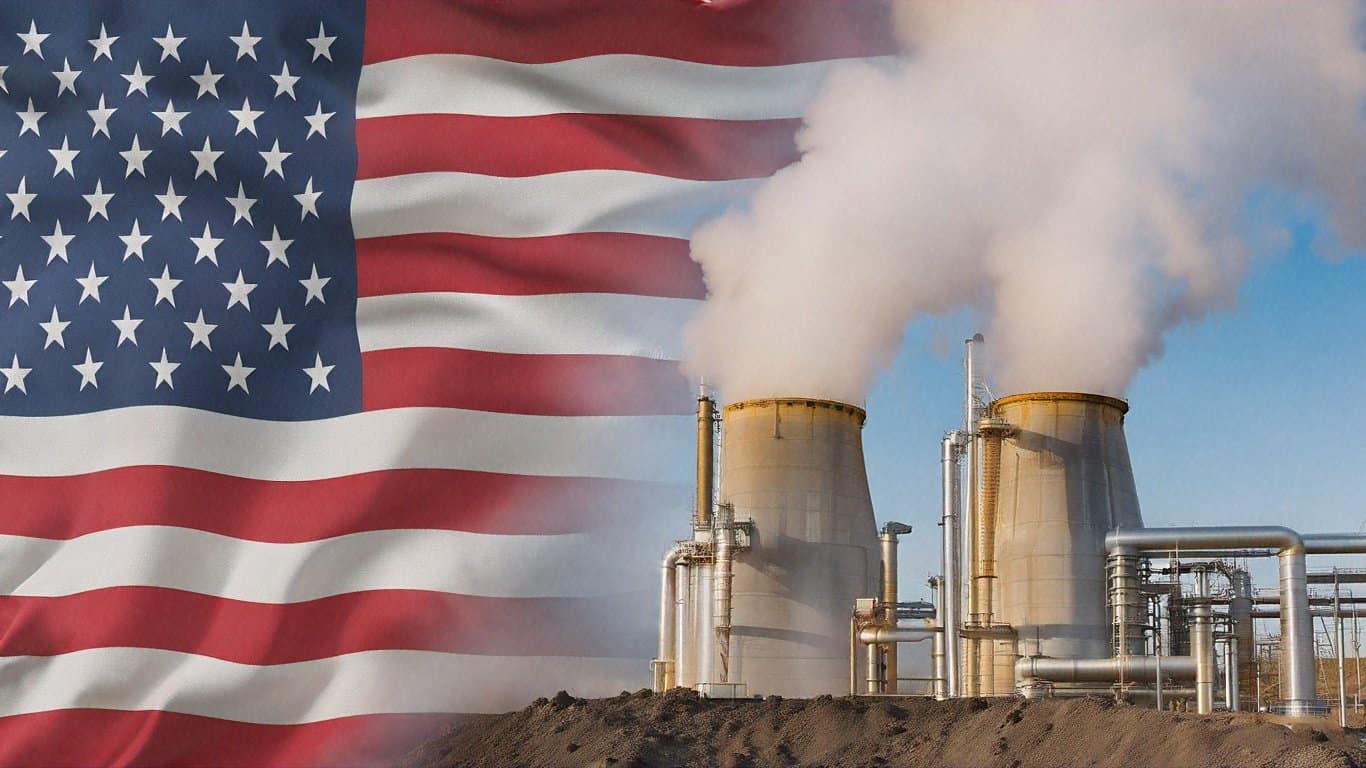The US Department of Energy (DOE) has announced a $31 million investment to boost six renewable geothermal energy projects, advancing enhanced geothermal systems (EGS) and new energy storage techniques. This initiative supports the US in lowering emissions while expanding the clean energy sector. EGS has the potential to unlock 90 gigawatts of reliable geothermal power by 2050, enough to supply 65 million American homes with renewable energy. EGS technology harnesses Earth’s underground heat to generate electricity, even in regions without natural volcanic resources. The DOE is also focusing on developing reservoir thermal energy storage (RTES), which stores heat in underground reservoirs and serves industries requiring high thermal energy. Selected projects include cutting-edge innovations like AI-powered imaging tools and acoustic measurement systems for geothermal wells, demonstrating the DOE’s commitment to sustainable energy solutions. By investing in geothermal energy, the US not only advances its clean energy goals but also enhances energy security and creates economic opportunities. Geothermal energy offers reliable power independent of weather conditions, with minimal greenhouse gas emissions, making it a key player in the global push for renewable energy and climate change mitigation.

The Department of Energy (DOE) of the United States has announced an investment of up to $31 million to support six cutting-edge renewable geothermal energy projects.
These initiatives are intended to advance enhanced geothermal systems (EGS) and explore new energy storage techniques, keeping with the overall goal of the US to lower emissions and strengthen the clean energy sector.
Energy Secretary Jennifer Granholm emphasized the significance of the initiative by extending the use of novel and cutting-edge thermal technologies to allow the United States to advance further into the fresh energy revolution using the heat from beneath our feet.
Revolutionising thermal energy
The US electricity grid is now made up of roughly four gigawatts of geothermal energy. However, the DOE estimates that the expansion of EGS could unlock up to 90 gigawatts of credible, accommodating power by 2050, enough to supply energy to over 65 million American homes.
EGS technology involves building synthetic underground reservoirs to extract heat from the subsurface of the Earth, which can then be used to generate electricity.
Although there is a lot of volcanic heat, some locations lack the fresh water or fluid flow required to effectively recover this energy. EGS addresses this problem by enabling the extraction of heat in regions where conventional volcanic techniques are inapplicable.
Another key focus of the DOE’s funding is the development of reservoir thermal energy storage (RTES) technology.
RTES stores heat energy straight in underwater reservoirs, which is a useful tool for industries that require a lot of thermal energy, such as food processing and chemical production.
Overview of selected projects
Clemson University in South Carolina has received $4.88 million from the DOE for the creation of an AI-powered photoacoustic imaging tool. This tool will be used to evaluate the integrity of volcanic wells using high-temperature and high-pressure also logging without the need for energetic cooling.
In Houston, Texas, Modern Downhole Solutions Inc. received $2.51m to create a durable acoustic measurement tool. This tool evaluates wellbore construction materials and practices while operating regularly for 24 hours in high-temperature thermal environments.
A tool developed especially for evaluating thermal subsurface integrity was awarded to Lawrence Berkeley National Laboratory in California for $2.02 million. Without relying on downhole electronics, this tool was engineered to function in severe conditions.
Los Alamos National Laboratory in New Mexico has secured $3.67m to create a high-resolution acoustics-based tool. This tool will provide specific information to help evaluate the EGS components in extreme circumstances.
Schlumberger Technology Corporation in Houston, Texas, was granted $10m to develop a wireline tractor-conveyed system. This system will concentrate on modeling of cement and casing in thermal wells for long-term integrity.
Ultimately, Project Development Solutions, Inc. in Bakersfield, California, received $7.9m to pilot an RTES demonstration project at the Kern Front Oil Field. This project will process heat off-taker by combining a steam system and subsurface volcanic reservoirs with a steam system.

The benefits of green thermal energy
As a alternative energy source, green geothermal energy has a number of significant benefits. Unlike solar or wind energy, which depend on weather conditions, thermal energy provides a steady and reliable power supply.
It is even less expensive to produce land and water than other energy sources, and it emits very few greenhouse gases, making it a more environmentally friendly option.
The US is advancing its clean energy goals by investing in volcanic technologies while even enhancing energy security and creating economic opportunities.
The DOE’s new investments in EGS and RTES demonstrate the country’s commitment to using solar thermal energy as a key component in the fight against climate change and the push for green innovation in the energy sector.








